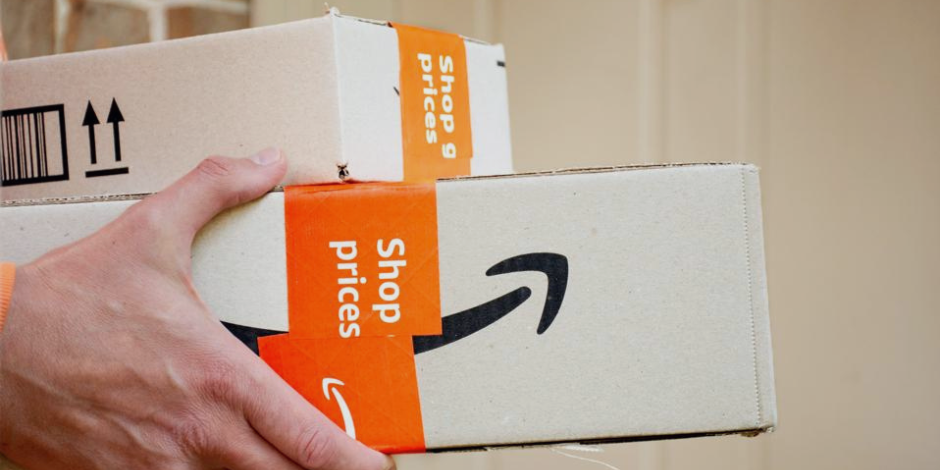Amazon reported that its annual Prime Day promotion (July 8 to 11) generated record U.S. sales this year, a reasonable brag in the context of a skittish consumer economy. But the real story about Prime Day—now ten years old—is how it has reshaped the retail landscape and how major competitors like Walmart have learned how to take advantage of the trail Amazon blazed.
That’s a healthy increase, but Amazon is no longer the dominant player. According to Adobe Analytics, which crunches data from all digital channels, Prime Day has become “an industrywide moment for e-commerce” that this year generated $24.1 billion in online spending, a massive year-over-year increase of 30.3%—“more than two Black Fridays.” Adobe said growth was even bigger when adjusted for a 2% year-over-year decline it has tracked in e-commerce prices.
Prime Day has evolved from a one-company juggernaut into an industry-wide phenomenon with competing promotions from more than a hundred merchants, including marquee brands like TikTok Shop, Wayfair, Best Buy, Target, and Walmart.
As it turns out, Walmart is just one of the retail store chains that appear to be reaping a benefit denied to Amazon. According to data gathered by market research firm pass_by, there was a double-digit “anti-Prime Day” surge in retail foot traffic at store brands like Macy’s, Nordstrom, Kohl’s, and Old Navy.
According to James Ewen, pass_by’s marketing VP, “That growth wasn’t just incidental. It appears to be the result of deliberate strategic moves aimed at capturing consumer attention away from Amazon and back into brick-and-mortar environments.”
In a posting on pass_by’s website, Ewen noted that Walmart launched its online “Deals” promotion a week before Amazon’s sales went live and extended those discounts into its physical stores. Target’s “Circle Week” promotion blended online discounts with “aggressive in-store incentives.”
The strongest foot traffic gains were recorded in what might seem like the least-likely places: Macy’s and Nordstrom had spikes of about 20% while Saks OFF 5th and Kohl’s saw boosts of about 15%.
“As consumers grow savvier—and more fatigued by the relentless flood of online deals—the playing field is leveling,” writes Ewen. “Brick-and-mortar retail is no longer stuck reacting to Amazon. July is shaping up to be not just Prime Day season, but a true battleground for retail loyalty.”
It is a battleground on which Amazon has tried to fight but seems to have all but abandoned after numerous but futile efforts to establish a fleet of retail merchandise stores. The company’s Whole Foods grocery store chain has grown, reaching estimated net sales of $21 billion in 2024. But its share of the market is a thin slice compared to giant marquee brands like Kroger and Albertsons.
As reported in February in The Wall Street Journal, “After a decade-long experiment with bricks-and-mortar stores, Amazon’s dominance online has yet to translate into a successful strategy for connecting with shoppers in the real world.”
Subscription required.

















